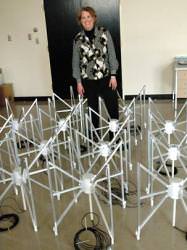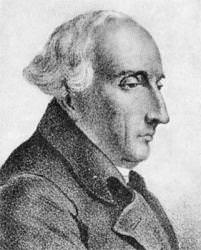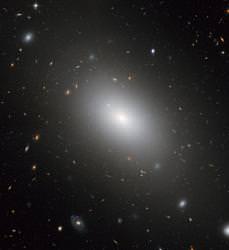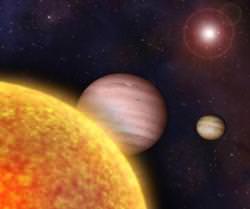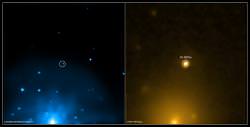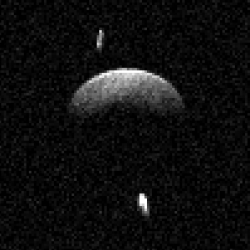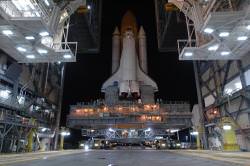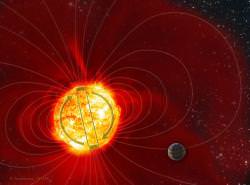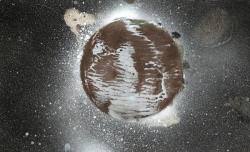If we really want to combat climate change, how much carbon can we reasonably generate? How much will still push temperatures up? The current presidential candidates are all calling for serious carbon reductions over the next 40 years, but according to researchers at the Carnegie Institution for Science, it’s not enough. To really stabilize our planet’s climate, we need to get away from carbon forever.
In a recent article, published in latest issue of Geophysical Research Letters, climate scientists used a detailed Earth system model to simulate what might happen to the Earth’s climate at various levels of carbon emissions.
What’s the most carbon you can generate and not warm the planet?
“Most scientific and policy discussions about avoiding climate change have centered on what emissions would be needed to stabilize greenhouse gases in the atmosphere,” said Ken Caldeira. “But stabilizing greenhouse gases does not equate to a stable climate. We studied what emissions would be needed to stabilize climate in the foreseeable future.”
They ran various scenarios through the climate model, each time reducing the amount of carbon emissions. Even at the lowest levels, there was an increment of warming. In other words, until humans generate next to zero carbon emissions, there will be increased warming. There’s no amount that the planet can absorb on a regular basis.
Once the carbon emissions in the simulation hit zero, the levels of carbon dioxide in the atmosphere finally started to drop, getting absorbed into various carbon sinks such as the oceans and land vegetation. Even so, global temperatures remained high for at least 500 years after the end of carbon emissions.
The big worry are the climate tipping points. These are temperatures that might cause runaway processes that can’t be stopped, such as the melting of the Arctic sea ice. If the world hits some point of severe climate instability, people might need to cut their carbon emissions to the absolute minimum.
And according to this research, that’s essentially zero.
Although eliminating carbon dioxide emissions seems like a radical idea, the researchers see it as a reasonable goal.
“It is just not that hard to solve the technological challenges. We can develop and deploy wind turbines, electric cars, and so on, and live well without damaging the environment. The future can be better than the present, but we have to take steps to start kicking the CO2 habit now, so we won’t need to go cold turkey later.”
Original Source: CIS News Release


